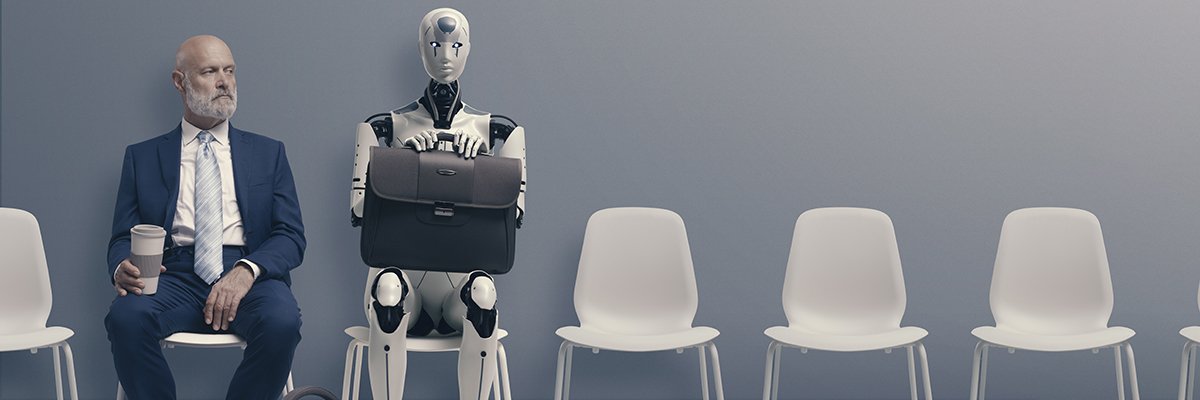Another round of artificial intelligence (AI) talk kicked off the second day of the Gartner Symposium in Barcelona. Guest keynote speaker Erik Brynjolfsson, senior fellow at Stanford Institute for human-centred artificial intelligence, predicted that next year, businesses will shift from experimenting with AI to implementing AI projects that start delivering business value.
Chris Howard, distinguished vice-president analyst at Gartner, asked Brynjolfsson about the Turing Test, which is used to assess how well AI can fool human beings into thinking it is a real person. For Brynjolfsson, using AI in this way is about substituting the human with a machine.
“A substitute for humans will drive down value,” he warned. Instead, Brynjolfsson hopes AI will be deployed in a way that is complementary, driving up value while also increasing the value of human labour.
He believes that if AI is deployed as a substitute for people, it will lead to a society that concentrates political power and wealth with a few, creating vast wealth for those individuals but with less incentive to share. However, AI does not have to be used in a way that widens the gap between the super wealthy and the rest of society, according to Brynjolfsson. “The latest wave of AI can be used to reduce disparity,” he said.
As an example, Brynjolfsson discussed a project he’d worked on, which involved a call centre where operators were given a generative AI tool to help them deal with queries. The tool was trained on calls with the more experienced staff. For these experienced operators, the AI added little benefit, as it only gave them what they already knew. But the AI helped less skilled workers catch up with colleagues, in terms of the level of expertise they could draw on to answer queries.
“Previous new technologies had a skills bias, which made things worse,” he added. “Generative AI is software 2.0. The machine captures knowledge, so you don’t have to be a Python programmer to benefit from it.”
As many business leaders have learned, overlaying technology rarely makes a difference. For instance, Brynjolfsson pointed out, while enterprise resource planning (ERP) and customer relationship management (CRM) can improve productivity, this often occurs with business process change. AI is no different.
“Every board is screaming at the CEO to deal with AI,” he said. “There is no barrier to entry, and you can get value almost immediately.” However, getting the most out of AI requires a more significant change. “How do you change the business model? Even change the product you offer?”
Returning to the Turing Test, Brynjolfsson predicted machines would become much more intelligent than humans, claiming that applying AI as a substitute for the human brain limits its potential.
Gartner talks about game-changing AI initiatives. And for Brynjolfsson, software engineering is an obvious place to start, given that generative AI can lead to a 40% productivity gain in software development. However, in his experience, most companies have yet to deploy such low-hanging fruit.
He recommended that every company should run a company-wide generative AI hackathon. Not only would this enable the business to discover new, emergent capabilities, he said, but it would also encourage wider adoption, since it would mean people being asked how they would use the technology to improve their day-to-day work.
Not only would this approach help to identify new use cases for generative AI, but according to Brynjolfsson, hackathons can help to reduce people’s fear that the technology will take their jobs away.
